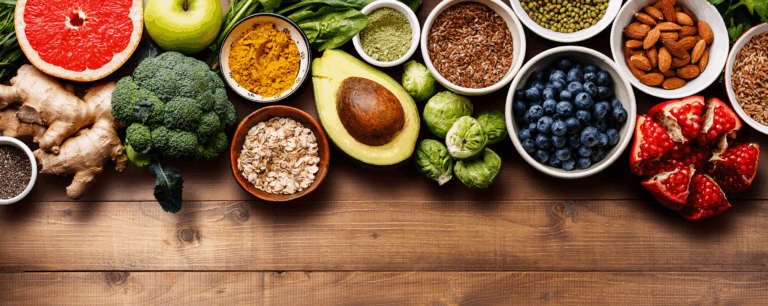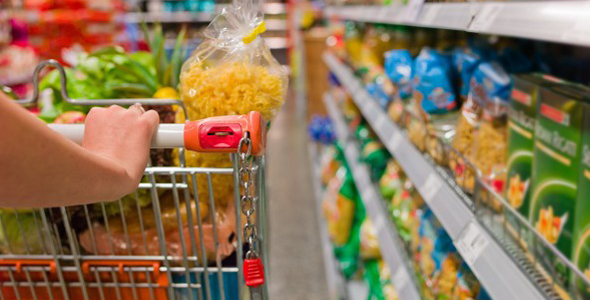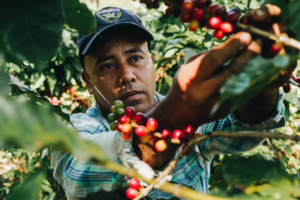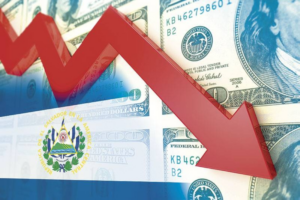The FAO Food Price Index averaged 130.1 points in july 2025, marking a 1.6% increase compared to june. This increase is mainly attributed to higher international prices for meat and vegetable oils. Although this is a monthly increase, the index remains 18.8% below its all-time high for 2022.

Despite the overall increase, the FAO report notes that prices for cereals, dairy products, and sugar declined in july. The fall in prices for these products was offset by increases in other sectors. For example, the drop in rice prices is due to abundant export supplies.
The FAO Vegetable Oil Price Index rose 7.1% in july, its highest level in three years. This increase was driven by strong global demand and expectations for the biofuels sector in the Americas. Sunflower oil prices also rose due to supply shortages in the Black Sea region.

The meat price index reached a new all-time high, rising 1.2% since june. Strong import demand from countries such as China and the United States boosted beef and lamb prices. Pork saw falling prices due to abundant supply and weaker global demand.
The dairy and sugar price indexes declined in july. Dairy fell 0.1%, its first decline since april 2024, due to abundant export supply and weak demand. Sugar continued its downward trend for the fifth consecutive month.

The report highlights that while there are fluctuations in food prices, global developments show an upward trend driven by specific sectors. The interaction between supply, demand, and regional conditions are key factors. This is why some large-scale productions are boosted and others are reduced by the market.







